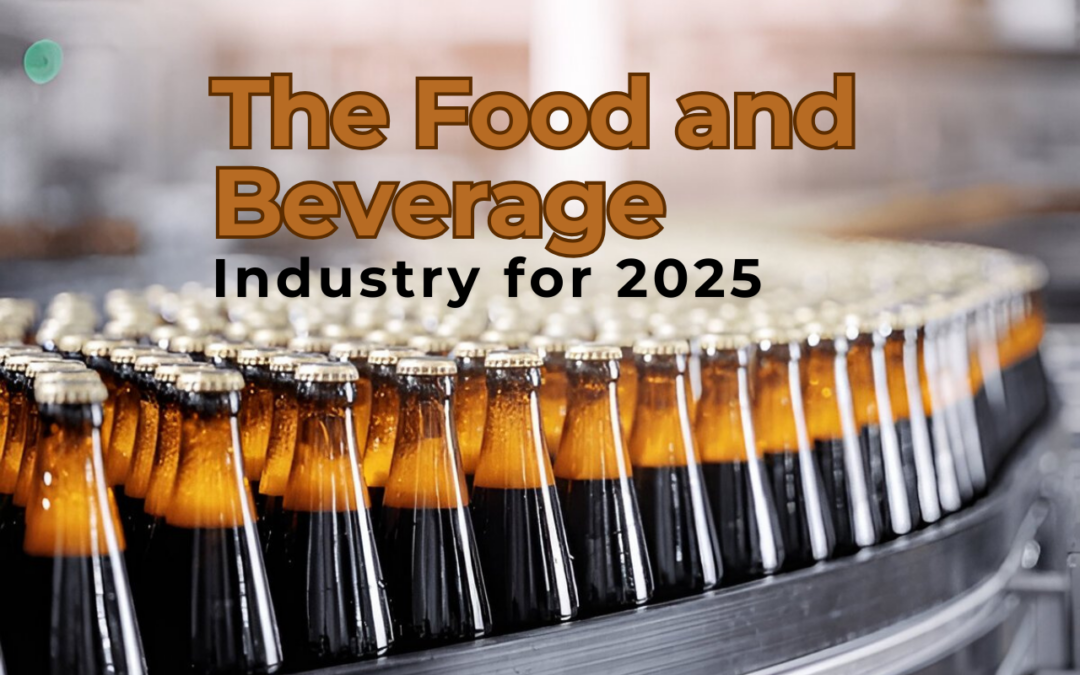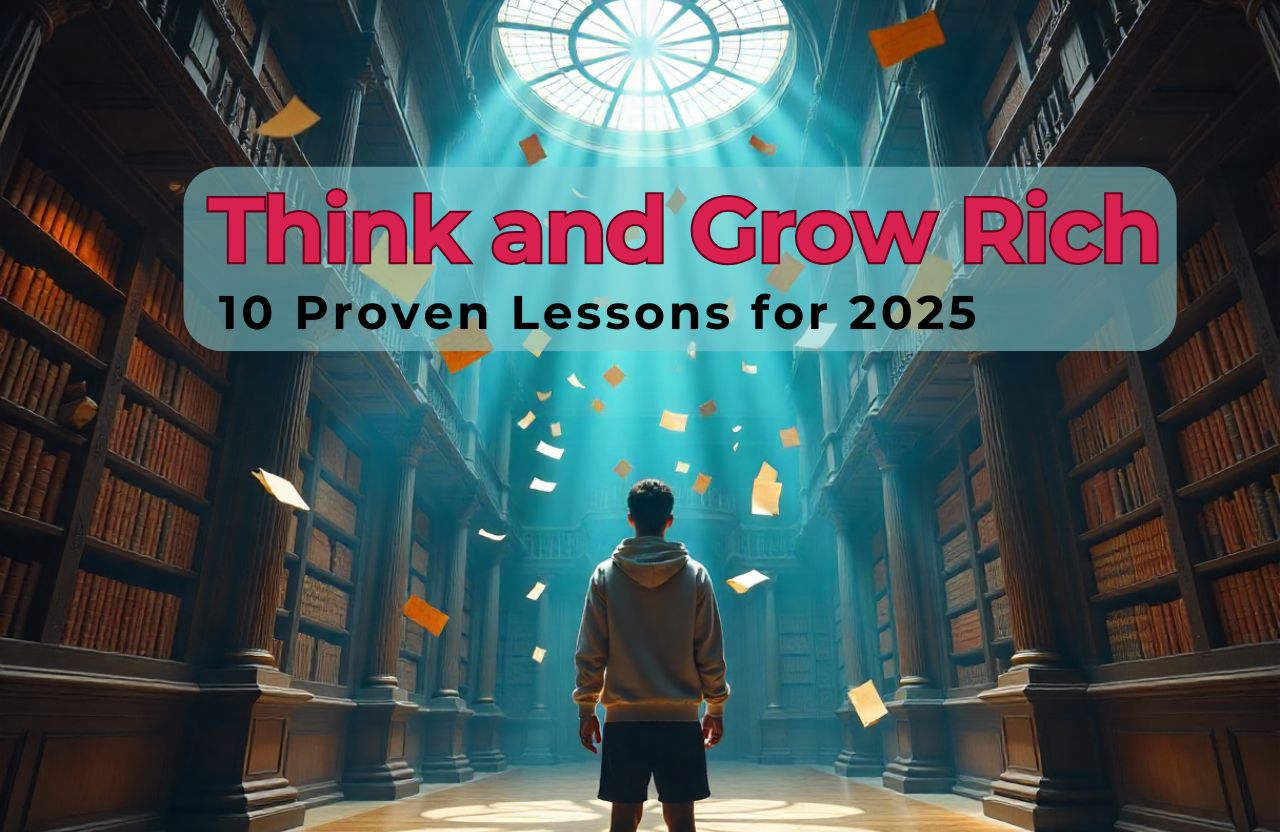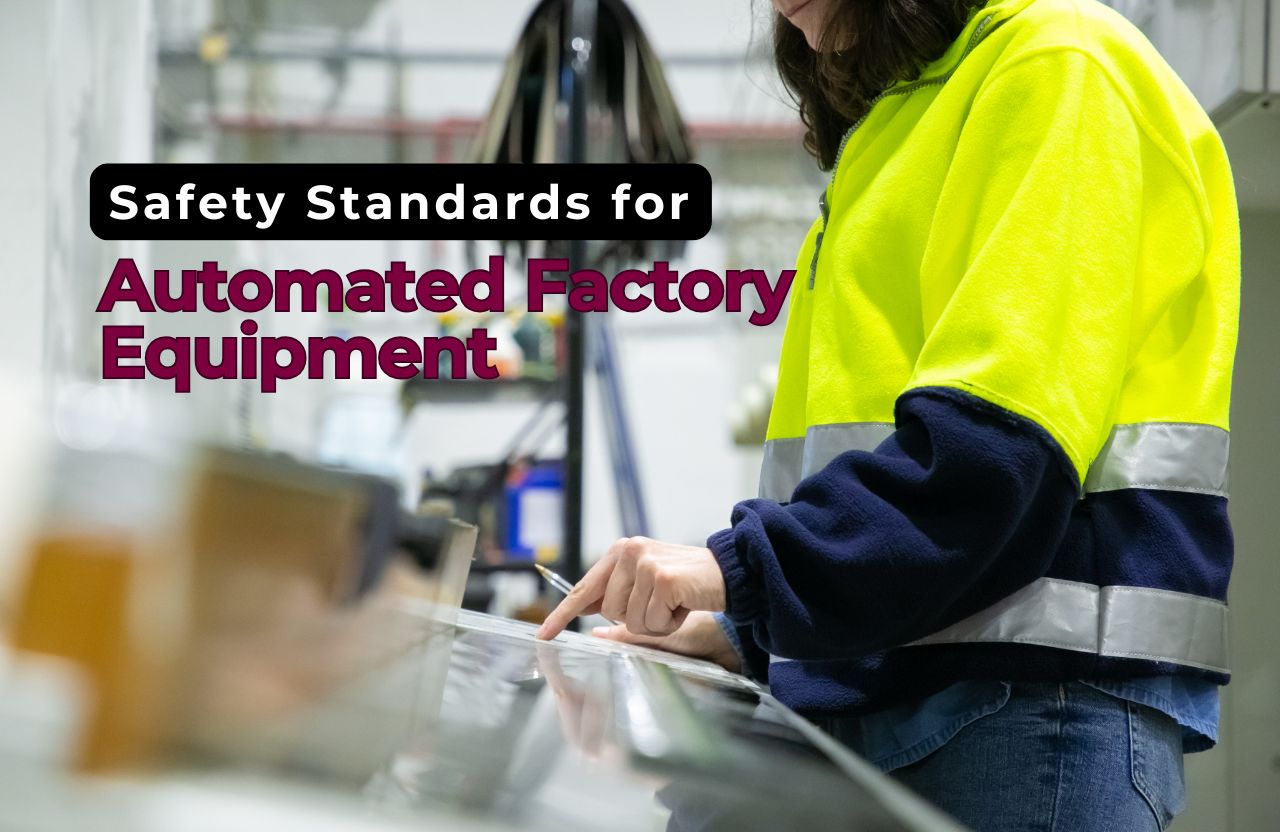The food and beverage industry is evolving rapidly, driven by shifting consumer preferences, technological innovations, and a growing focus on sustainability. As we move into 2025, several key trends are set to shape the landscape of this dynamic sector. Here’s an in-depth look at the recent advancements, emerging trends, and future predictions that will define the industry.
1. Plant-Based and Alternative Proteins on the Rise
The plant-based revolution continues to gain momentum. According to a report by Statista, the global plant-based food market is projected to reach $77.8 billion by 2025, reflecting consumers’ increasing preference for healthier and sustainable options.
- Innovation in Alternative Proteins: Companies are exploring lab-grown meats, mycoproteins, and insect-based proteins to meet the growing demand. The development of cultured meat has seen significant investments from companies like Memphis Meats and Mosa Meat, who are working towards making lab-grown meat commercially viable. This not only reduces the environmental impact associated with traditional meat production but also addresses ethical concerns regarding animal welfare.
- Clean Label Products: Transparency in sourcing and ingredient lists is becoming crucial as consumers seek minimally processed foods. Shoppers are now more educated about what they consume, leading to a demand for products with simple, recognizable ingredients and no artificial additives or preservatives. Brands that prioritize clean labels often see increased consumer trust and loyalty.
- Hybrid Protein Products: Blending plant-based and traditional proteins to create hybrid products offers a balanced nutritional profile while reducing reliance on animal agriculture. This trend caters to flexitarians who aim to reduce meat consumption without eliminating it entirely.
2. Sustainable and Eco-Friendly Practices
Sustainability is no longer optional. Businesses are adopting eco-friendly practices to reduce environmental impact and meet consumer expectations for corporate responsibility.
- Eco-Packaging: Biodegradable and recyclable packaging materials are in high demand. Companies like Loop and TerraCycle are pioneering reusable packaging systems, encouraging consumers to return containers for cleaning and reuse, thus reducing plastic waste. The development of edible packaging made from seaweed and other natural materials is also gaining traction.
- Carbon-Neutral Initiatives: Companies are committing to carbon neutrality through energy-efficient operations, sustainable sourcing, and carbon offset programs. Major brands like Unilever and Nestlé have pledged to achieve net-zero emissions by 2030, setting industry benchmarks for environmental responsibility.
- Water Conservation Technologies: Innovations in water-saving technologies, such as closed-loop water systems and precision irrigation in agriculture, are helping reduce water usage across the supply chain.
3. Health and Wellness Focus
The pandemic has permanently shifted consumer focus toward health and wellness, driving demand for products that support both physical and mental well-being.
- Functional Foods: Products fortified with vitamins, probiotics, and adaptogens are booming. Functional beverages like kombucha, CBD-infused drinks, and nootropic beverages designed to enhance cognitive function are becoming mainstream. Ingredients like turmeric, maca root, and ashwagandha are featured prominently for their health benefits.
- Personalized Nutrition: Tech-driven solutions offer personalized diet plans based on DNA and microbiome analysis. Companies like Nutrigenomix and InsideTracker provide data-driven recommendations, enabling consumers to make informed dietary choices tailored to their unique biological needs.
- Mental Health Nutrition: The connection between diet and mental health is gaining recognition. Foods rich in omega-3 fatty acids, antioxidants, and probiotics are promoted for their potential to support mental well-being, reduce stress, and improve mood.
4. Tech Integration and Automation
Technology is revolutionizing every aspect of the food and beverage industry, from production to consumption.
- AI and Data Analytics: Businesses leverage AI for demand forecasting, inventory management, and personalized marketing. AI-driven platforms analyze consumer behavior to predict trends, optimize pricing strategies, and reduce food waste by improving supply chain efficiency.
- Robotics in Food Production: Automated kitchens and robotic chefs are enhancing efficiency and consistency. Companies like Spyce and Moley Robotics are developing robotic cooking systems that prepare gourmet meals with minimal human intervention, offering scalable solutions for restaurants and food service providers.
- Smart Appliances: The rise of IoT-enabled kitchen appliances allows for seamless integration with smart home systems. Devices like smart refrigerators can track inventory, suggest recipes based on available ingredients, and even place grocery orders automatically.
5. Ghost Kitchens and Virtual Brands
The rise of food delivery services has led to the growth of ghost kitchens, which operate without a traditional dine-in facility, focusing solely on delivery and takeout.
- Market Growth: The global ghost kitchen market is expected to reach $71.4 billion by 2027, driven by the convenience economy and the increasing popularity of food delivery apps. This model allows businesses to minimize overhead costs while maximizing reach.
- Virtual Restaurant Brands: These brands exist solely online, reducing overhead costs and increasing profitability. They can quickly adapt to changing consumer preferences and launch new concepts without the constraints of physical locations.
- Data-Driven Menu Development: Virtual brands rely heavily on data analytics to optimize menus based on consumer preferences, seasonal trends, and real-time feedback.
6. Global Flavors and Fusion Cuisine
Consumers are more adventurous with their palates, seeking diverse and bold flavors influenced by global culinary traditions.
- Cultural Fusion: Blending traditional recipes from different cultures is becoming mainstream. Dishes like Korean tacos, sushi burritos, and ramen burgers showcase creative fusion that appeals to modern foodies.
- Authenticity Matters: While fusion is popular, there’s also a demand for authentic, region-specific dishes. Consumers value traditional cooking techniques and ingredients that honor cultural heritage.
- Ethnic Cuisine Growth: The popularity of cuisines like Middle Eastern, West African, and Southeast Asian is on the rise, driven by curiosity and a desire for new flavor experiences.
7. Alcohol-Free Beverages and Low-ABV Trends
The “sober curious” movement is driving the popularity of non-alcoholic and low-alcohol beverages as consumers prioritize health and mindfulness.
- Market Expansion: The non-alcoholic beverage sector is projected to grow at a CAGR of 8.2% from 2022 to 2025. The demand for premium non-alcoholic spirits, craft sodas, and health-focused beverages continues to surge.
- Crafted Alternatives: Sophisticated mocktails, alcohol-free spirits, and fermented drinks like kombucha and water kefir are on the rise. Brands such as Seedlip and Lyre’s are leading the way in creating complex, flavorful non-alcoholic options.
- Functional Ingredients: Many alcohol-free beverages incorporate functional ingredients like adaptogens, nootropics, and botanicals to offer stress relief, energy boosts, or mood enhancement.
Future Predictions for 2025 and Beyond
- 3D-Printed Foods: Advancements in 3D food printing technology will revolutionize food customization and sustainability. This technology allows for precise control over ingredients, enabling the creation of nutritionally optimized meals tailored to individual dietary needs.
- Blockchain for Transparency: Blockchain technology will play a significant role in ensuring food safety, traceability, and supply chain transparency. By providing immutable records of a product’s journey from farm to table, blockchain enhances consumer trust and helps prevent food fraud.
- Hyper-Local Sourcing: Urban farming and vertical agriculture will minimize supply chain disruptions and promote local produce. Vertical farms use less water and land compared to traditional agriculture and can be established in urban centers to supply fresh produce year-round.
- Edible Insects: As a sustainable protein source, edible insects like crickets, mealworms, and grasshoppers are gaining acceptance in Western markets. Rich in protein, vitamins, and minerals, insect-based products are positioned as eco-friendly alternatives to traditional livestock.
- Food Waste Reduction Technologies: Innovations in upcycling food waste into new products, such as converting surplus produce into snacks or beverages, are becoming common. Smart inventory management systems help reduce waste at the retail and consumer levels.
Conclusion
The food and beverage industry in 2025 will be defined by innovation, sustainability, and consumer-centric approaches. Businesses that embrace these trends will not only meet evolving consumer demands but also thrive in an increasingly competitive landscape.
Stay ahead of the curve by adapting to these transformative trends and preparing for the future of food!
By continuously innovating, focusing on sustainability, and leveraging technology, the food and beverage industry is poised to meet the challenges and opportunities of the future.












